Tech Layoffs and Workforce Restructuring: Navigating the IT Industry's Transformational Shift in 2025
In 2025, the IT industry stands at the crossroads of innovation and disruption. While groundbreaking technologies such as generative AI, autonomous systems, and hybrid computing are reshaping the digital landscape, they are also triggering a wave of workforce restructuring that is leaving a significant mark on global employment trends. The Scale of the Layoffs Over 22,000 jobs have been cut in the tech sector in 2025 alone, reflecting a notable shift in hiring strategies and operational priorities. Tech giants and startups alike are trimming their workforce to adapt to rapid technological advancements and to streamline costs in an increasingly competitive environment. Companies such as Google, Amazon, Meta, and even mid-size firms are revisiting their human resource strategies. Many of these layoffs are directly related to the automation of processes, integration of artificial intelligence, and consolidation of roles that were previously handled by larger teams. Causes Behind Workforce Restructuring Several factors are driving the current wave of restructuring: Rise of Agentic AI: Agentic AI systems capable of autonomous decision-making are being implemented in customer service, data analysis, and operations. These systems drastically reduce the need for human intervention, leading to job displacement. Economic Pressures: Companies are under pressure to optimize performance while reducing overheads. Rising operational costs, global inflation, and economic uncertainty have prompted firms to focus on leaner, more agile structures. Remote Work Optimization: The pandemic-induced shift to remote work opened up new possibilities. Many firms are outsourcing or hiring freelancers, reducing the need for large in-house teams. Shift in Consumer Behavior: With more consumers relying on digital platforms and AI-driven services, companies are investing more in technology than manpower. The Human Impact While technology continues to evolve, the human impact of these layoffs is significant. Thousands of skilled professionals are facing job insecurity, with mid-level managers and tech support roles being the most affected. This shift is also contributing to a broader conversation about the future of work and the role of human labor in the age of intelligent systems. Many affected employees are seeking to reskill or upskill in high-demand areas such as AI, cybersecurity, and cloud computing. Governments and private organizations are stepping in with retraining programs to ease the transition. The Path Forward As companies recalibrate their strategies, workforce restructuring is likely to continue through 2025 and beyond. However, this also presents an opportunity to build a more skilled, adaptive, and future-ready workforce. Organizations that invest in their people and align their technological growth with ethical workforce practices will lead the way in the new digital economy. Key Takeaway: Tech layoffs are not merely a sign of economic downturn—they represent a deeper transformation within the IT industry. Embracing this change with empathy, innovation, and strategic planning is essential for sustainable growth in the years ahead. Workforce2025 #TechLayoffs #AITransformation #FutureOfWork #DigitalShift #ITIndustryTrends

In 2025, the IT industry stands at the crossroads of innovation and disruption. While groundbreaking technologies such as generative AI, autonomous systems, and hybrid computing are reshaping the digital landscape, they are also triggering a wave of workforce restructuring that is leaving a significant mark on global employment trends.
The Scale of the Layoffs
Over 22,000 jobs have been cut in the tech sector in 2025 alone, reflecting a notable shift in hiring strategies and operational priorities. Tech giants and startups alike are trimming their workforce to adapt to rapid technological advancements and to streamline costs in an increasingly competitive environment.
Companies such as Google, Amazon, Meta, and even mid-size firms are revisiting their human resource strategies. Many of these layoffs are directly related to the automation of processes, integration of artificial intelligence, and consolidation of roles that were previously handled by larger teams.
Causes Behind Workforce Restructuring
Several factors are driving the current wave of restructuring:
Rise of Agentic AI: Agentic AI systems capable of autonomous decision-making are being implemented in customer service, data analysis, and operations. These systems drastically reduce the need for human intervention, leading to job displacement.
Economic Pressures: Companies are under pressure to optimize performance while reducing overheads. Rising operational costs, global inflation, and economic uncertainty have prompted firms to focus on leaner, more agile structures.
Remote Work Optimization: The pandemic-induced shift to remote work opened up new possibilities. Many firms are outsourcing or hiring freelancers, reducing the need for large in-house teams.
Shift in Consumer Behavior: With more consumers relying on digital platforms and AI-driven services, companies are investing more in technology than manpower.
The Human Impact
While technology continues to evolve, the human impact of these layoffs is significant. Thousands of skilled professionals are facing job insecurity, with mid-level managers and tech support roles being the most affected. This shift is also contributing to a broader conversation about the future of work and the role of human labor in the age of intelligent systems.
Many affected employees are seeking to reskill or upskill in high-demand areas such as AI, cybersecurity, and cloud computing. Governments and private organizations are stepping in with retraining programs to ease the transition.
The Path Forward
As companies recalibrate their strategies, workforce restructuring is likely to continue through 2025 and beyond. However, this also presents an opportunity to build a more skilled, adaptive, and future-ready workforce. Organizations that invest in their people and align their technological growth with ethical workforce practices will lead the way in the new digital economy.
Key Takeaway: Tech layoffs are not merely a sign of economic downturn—they represent a deeper transformation within the IT industry. Embracing this change with empathy, innovation, and strategic planning is essential for sustainable growth in the years ahead.





























































.jpg)






















































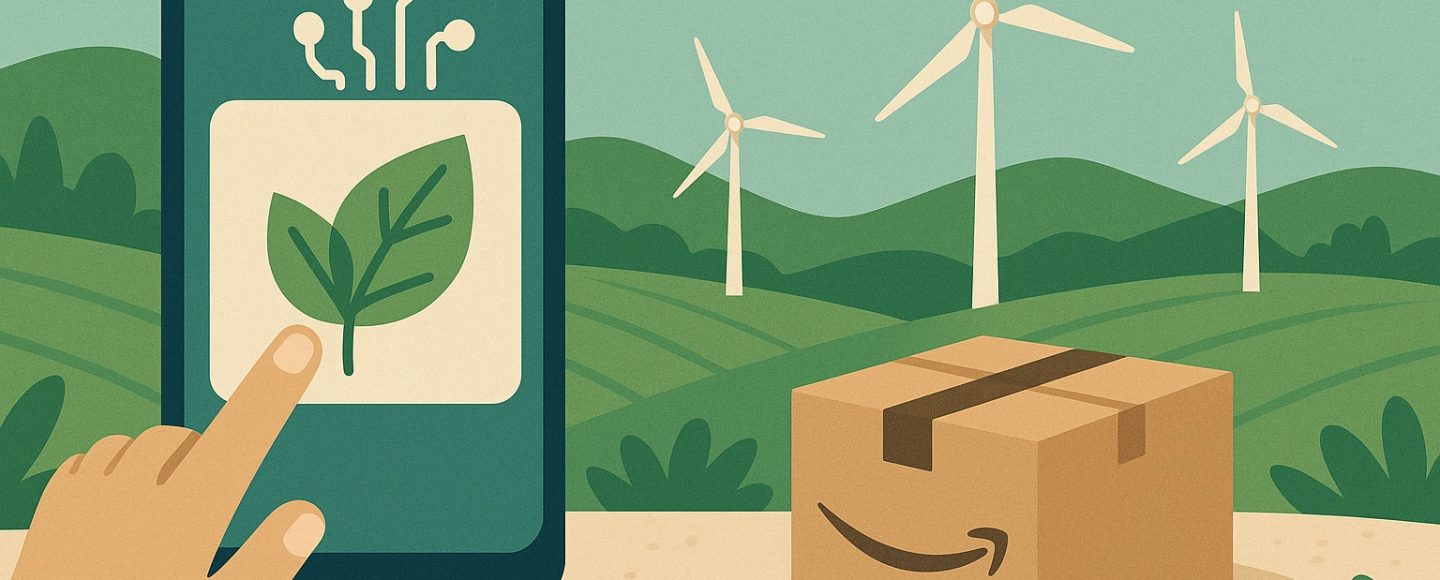
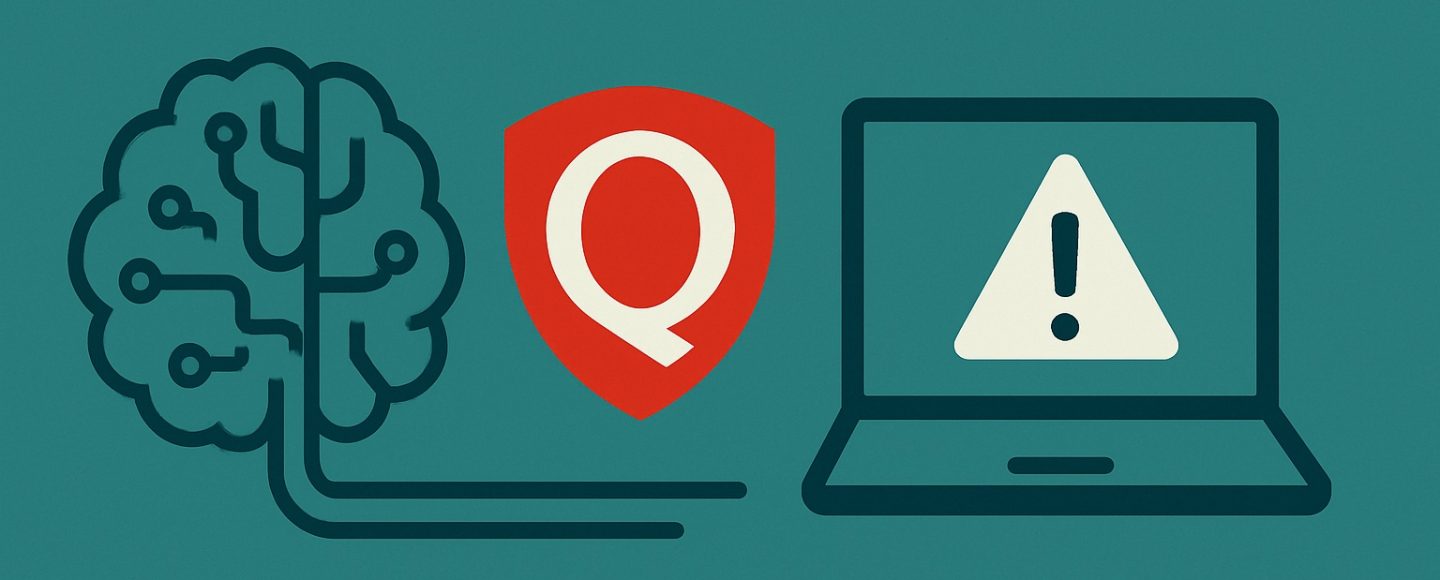

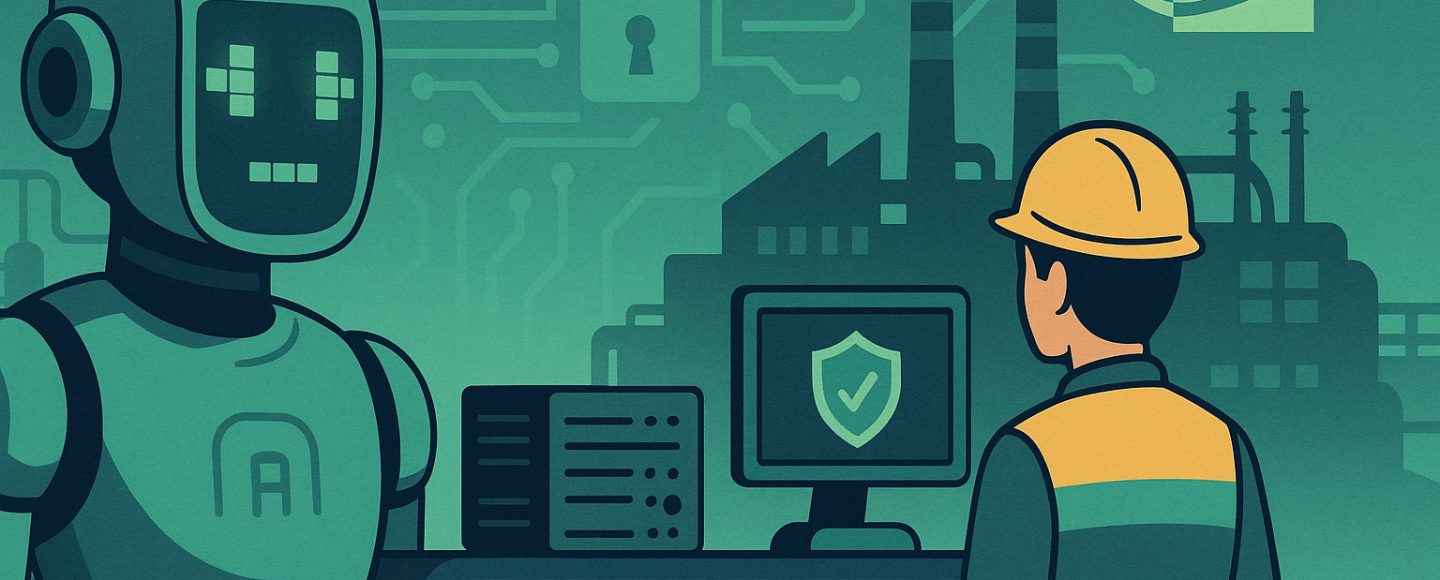






















































![[The AI Show Episode 151]: Anthropic CEO: AI Will Destroy 50% of Entry-Level Jobs, Veo 3’s Scary Lifelike Videos, Meta Aims to Fully Automate Ads & Perplexity’s Burning Cash](https://www.marketingaiinstitute.com/hubfs/ep%20151%20cover.png)

























































































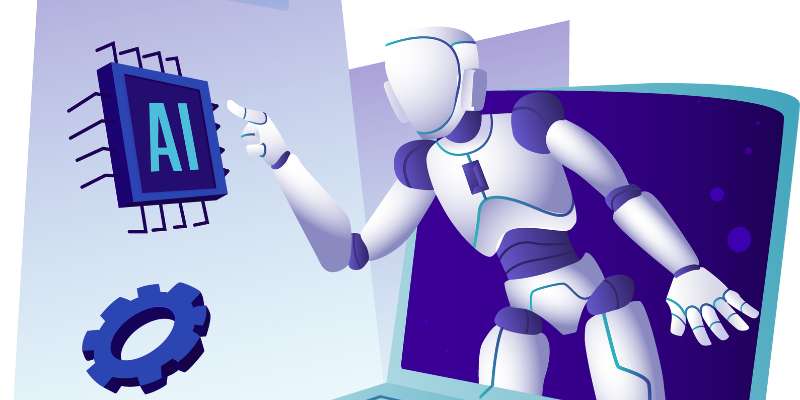







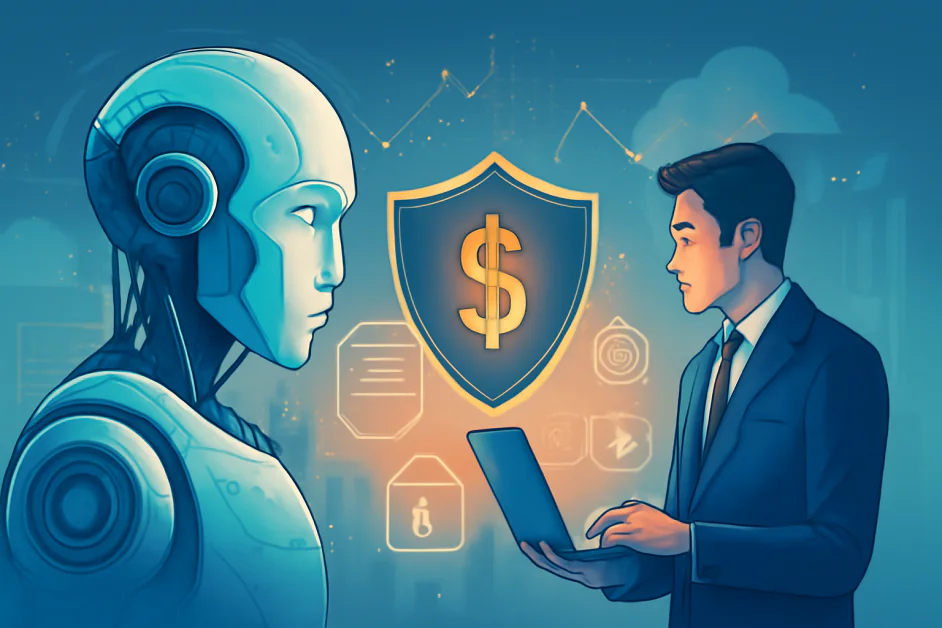



















![[DEALS] Internxt Cloud Storage: Lifetime Subscription (85% off) & Other Deals Up To 98% Off – Offers End Soon!](https://www.javacodegeeks.com/wp-content/uploads/2012/12/jcg-logo.jpg)



![From electrical engineering student to CTO with Hitesh Choudhary [Podcast #175]](https://cdn.hashnode.com/res/hashnode/image/upload/v1749158756824/3996a2ad-53e5-4a8f-ab97-2c77a6f66ba3.png?#)






























































.jpg?width=1920&height=1920&fit=bounds&quality=70&format=jpg&auto=webp#)





















































.jpg?width=1920&height=1920&fit=bounds&quality=70&format=jpg&auto=webp#)























_Michael_Vi_Alamy.jpg?width=1280&auto=webp&quality=80&disable=upscale#)















































































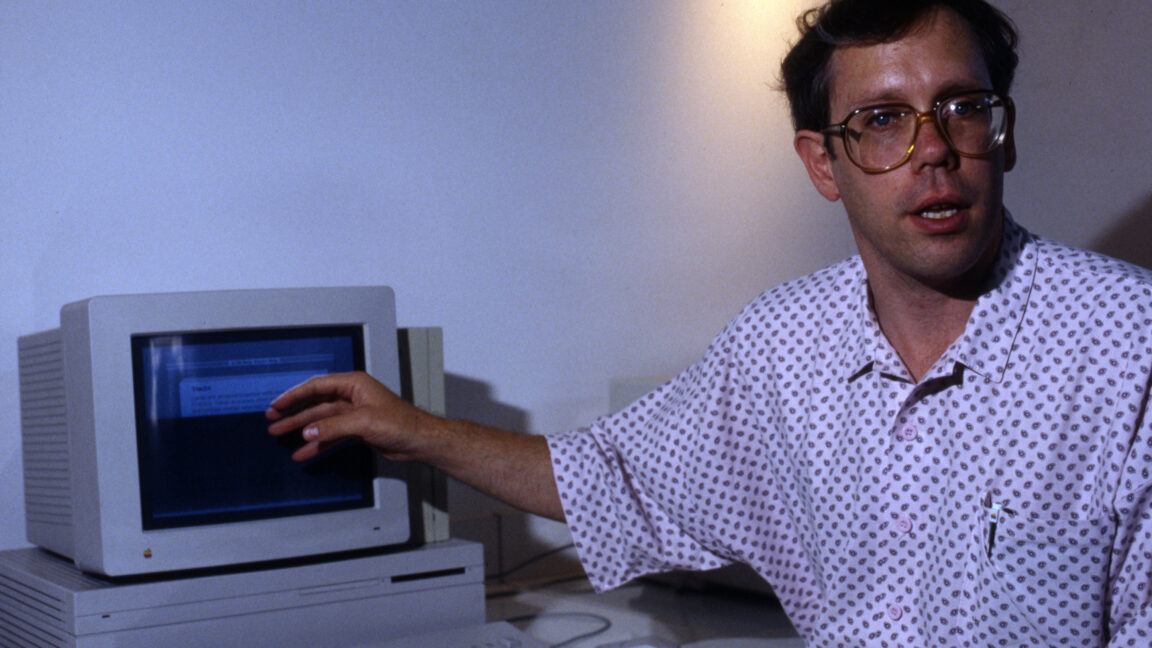
















![Google Messages rolls out taller, 14-line text field [U]](https://i0.wp.com/9to5google.com/wp-content/uploads/sites/4/2024/06/Google-Messages-2.jpg?resize=1200%2C628&quality=82&strip=all&ssl=1)










![Apple Planning Futuristic 'Glasswing' iPhone With Curved Glass and No Cutouts [Gurman]](https://www.iclarified.com/images/news/97534/97534/97534-640.jpg)












































































